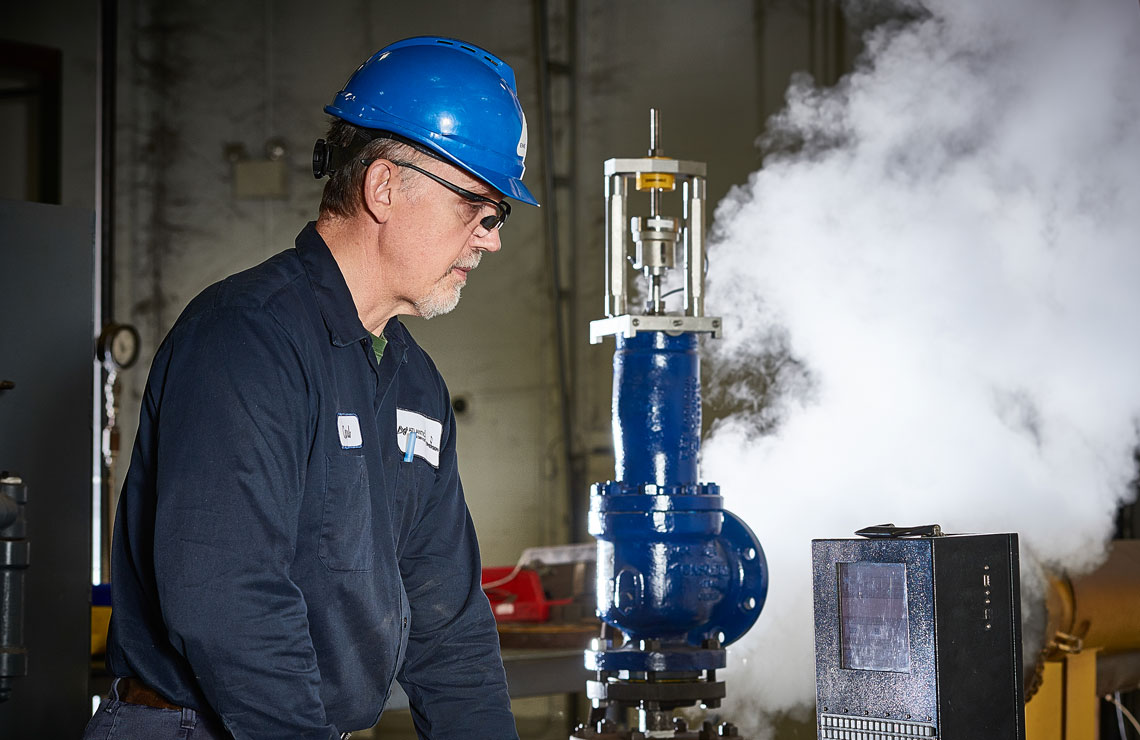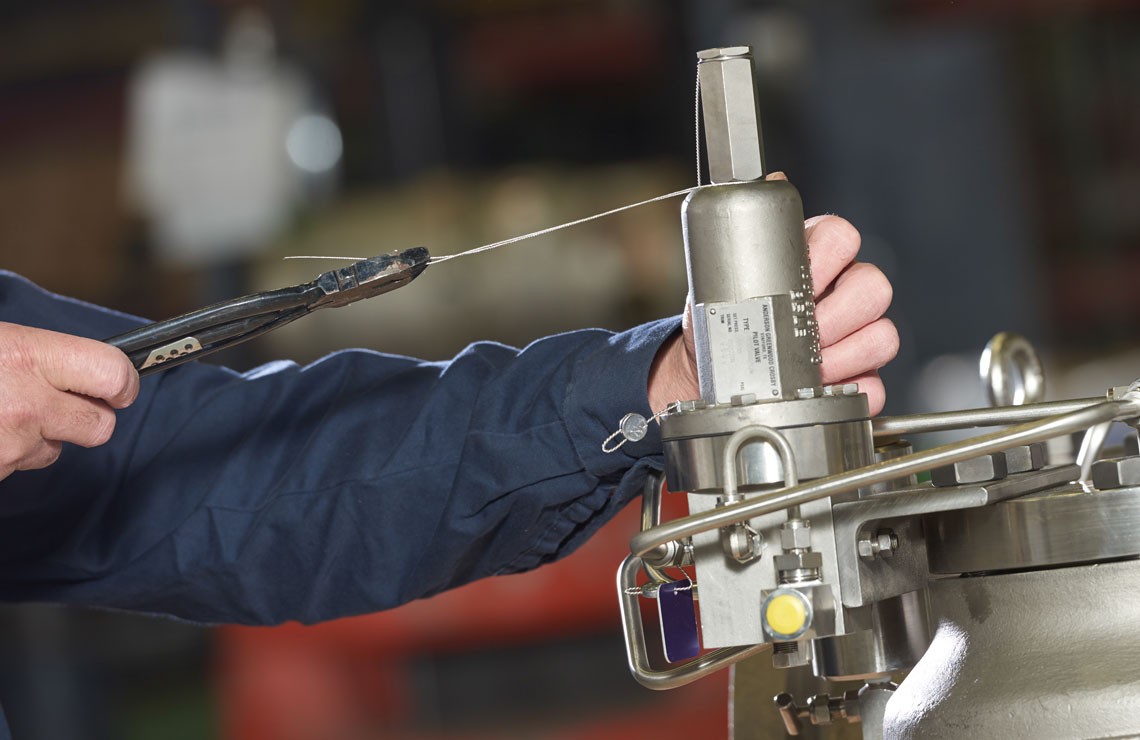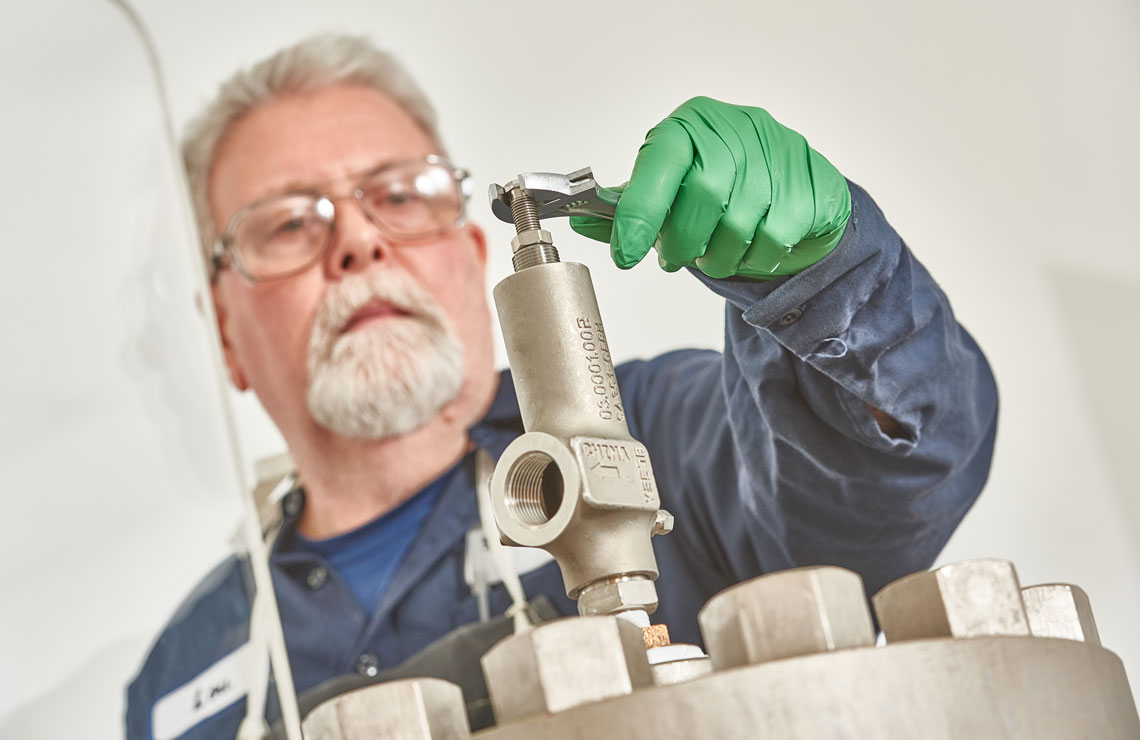
Troubleshooting Common Valve Problems and Control Device Issues
Knowing how to identify and troubleshoot valve problems is critical for maintaining system reliability and preventing costly disruptions. In this guide, we will explore the most frequent valve problems, their root causes, how to troubleshoot control device issues, and where professional support adds the most value.
What Are the Most Common Problems in a Control Valve?
Control valves are designed to modulate flow precisely. However, common issues can compromise their performance, such as:
- Sticking or sluggish operation: Often caused by debris, corrosion, or worn seals.
- Excessive leakage: Usually the result of seat wear, improper installation, or material incompatibility.
- Poor response to signals: A sign of actuator or positioner malfunction.
- Cavitation and flashing: Severe conditions that erode internal surfaces and shorten valve life.
These problems not only affect efficiency but can also lead to safety risks, especially in pressurized or hazardous environments.

What Are Three Common Valve Failures?
While valves can fail in numerous ways, three problems occur most frequently across industries:
- Leakage past the seat or stem packing – This is the most common and can result from normal wear, improper assembly, or using materials unsuited to process conditions.
- Failure to open or close fully – Often traced back to actuator problems, power supply issues, or mechanical obstruction within the valve body.
- Instability in control – When a valve cannot maintain a steady position, it leads to oscillations and process instability, often linked to calibration errors or faulty positioners.
Addressing these failures requires both root-cause analysis and preventive measures like predictive maintenance and routine inspection.
How to Troubleshoot a Control Valve
Troubleshooting begins with systematic observation. Here are the steps maintenance teams should follow:
- Identify symptoms: Is the valve not opening, leaking, or showing erratic behavior? Document observations.
- Check instrumentation signals: Ensure the control system is delivering the correct input. Many valve issues stem from incorrect signals rather than mechanical failure.
- Inspect the actuator: Verify air supply, electrical connections, and alignment. A misaligned actuator can mimic valve failure.
- Examine internal components: If the issue persists, the seat, stem, and seals should be inspected for wear or blockage.
- Test under controlled conditions: Apply manual overrides where possible to confirm whether the valve responds correctly outside the automated system.
By combining these checks with diagnostic tools such as valve signature analysis, teams can pinpoint the exact cause of failure.
How Do I Know If My Control Valve Is Bad?
Signs of a failing control valve are often visible in system performance before the valve itself shows external damage. Watch for:
- Frequent oscillations or surging in the process.
- Slower response time than normal.
- Increased energy consumption due to pumps or compressors compensating for inefficiency.
- Audible noise such as hissing, vibration, or chattering.
- Unexpected downtime that recurs despite addressing other system components.
These indicators suggest that the valve is no longer meeting operational standards and should be evaluated for repair or replacement.
What Is the Most Common Valve Issue?
Industry experts consistently identify leakage as the single most common valve issue. It arises from mechanical wear, chemical corrosion, thermal expansion, and material incompatibility. While leakage might seem minor at first, it can escalate into larger problems such as product loss, contamination, safety hazards, or environmental non-compliance. Addressing leakage early through seal replacement or stem packing adjustments prevents expensive downtime later.
Industrial Valve Maintenance Best Practices
Preventing valve failures is more cost-effective than repairing them. Companies can extend valve life and reduce unplanned shutdowns by following key best practices:
- Routine inspections: Regular visual checks can identify wear, corrosion, and leakage before failure occurs.
- Predictive monitoring: Tools like acoustic sensors and vibration monitoring detect early signs of trouble.
- Proper material selection: Matching valve materials to process conditions prevents premature degradation.
- Calibration and testing: Ensuring actuators and positioners are properly tuned reduces control instability.
- Documentation: Keeping detailed maintenance records helps identify recurring issues and improves troubleshooting accuracy.

Why Professional Valve and Control Device Support Matters
Even with strong maintenance programs, certain valve and control device issues require specialized expertise. Partnering with a trusted service provider like Proconex ensures access to diagnostic tools, OEM parts, and certified technicians. Proconex offers valve repair services that go beyond fixing immediate problems. Their lifecycle approach addresses root causes, optimizes performance, and supports long-term reliability.
By leveraging Proconex’s Emerson-certified expertise, companies can minimize downtime, improve safety, and reduce total maintenance costs.
Building Reliability Through Proconex Valve Services
Proconex provides a comprehensive set of valve services, including:
- Emergency repairs to restore functionality quickly and reduce downtime.
- In-shop and field service capabilities to match client needs and site conditions.
- Advanced diagnostics that reveal hidden issues before they cause critical failures.
- Upgrades and retrofits to extend the lifespan of aging equipment.
- Lifecycle management programs that ensure valves remain compliant, efficient, and safe.
This proactive approach helps industrial organizations shift from reactive maintenance to predictive reliability.
In Conclusion
Valve problems are inevitable, but costly downtime does not have to be. Proconex provides the expertise and resources you need to troubleshoot issues quickly and ensure long-term reliability. From leakage prevention to advanced diagnostics, Proconex delivers trusted solutions for the most common valve and control device challenges.
Explore Our Valve Repair Services!
